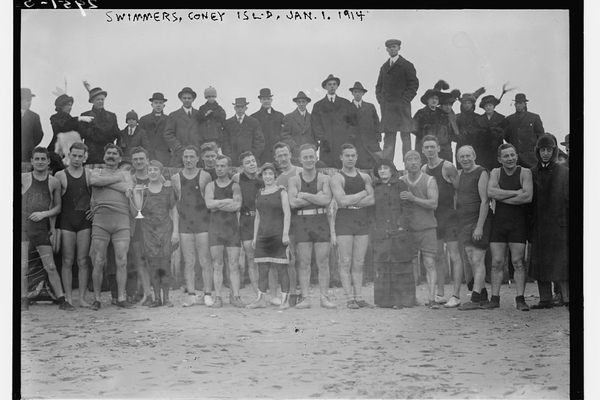In Medieval Europe, No Outfit Was Complete Without a Personal Eating Knife
They were fashionable and functional, used for dining and self-defense.

In Medieval Europe, all dinner parties were BYO-knife. Except for the occasionally-provided spoon, guests were responsible for bringing their own cutlery to the table. Showing up without a knife would be an awkward, if not outrageous, predicament—one that could leave the ill-prepared diner both hungry and vulnerable. But it probably never happened. Personal eating knives were en vogue.
During the Middle Ages, forks weren’t really part of the picture in Europe. Until the 17th century, sharp, dagger-like knives were used to slice, tear, pierce, and poke whatever was on the plate—from soft cheese to sturdier meat. The first knives to touch meat dishes, in particular, typically belonged to the carver, a professional whose prestige surpassed even that of the cook. According to Bee Wilson, food writer, historian, and author of Consider the Fork, carvers had their own sets of specialized knives, which they selected based on the weapon with which the animal was hunted.
The initial carving and serving of the beast was deemed to be so important, it was given an office in court, known as the Carvership. In Consider the Fork, Wilson includes an eerie 16th-century book excerpt detailing the somber “terms” of an English carver.
“Break that deer
Slice that brawn
Bear that goose
Lift that swan
…Dismember that heron”
But knives weren’t just for professionals. In fact, while carvers made preliminary cuts, broke up large bones, and arranged the dish, the rest of the slicing was up to the diners. This was hardly an odd ask at the time—almost all food was prepared so that it could be picked up by hand, spoon, or the pointed tip of one’s knife—a tool almost everyone had on hand.
Tucked away in a sheath and strung to one’s belt, a personal dagger-like knife was a quotidian accessory to the medieval European outfit. Though it could be used as a defensive weapon, its primary purpose was as an eating utensil. One would just as soon leave the house without shoes as walk around without a knife strung from the girdle. In fact, it was so habitually worn, Wilson says, that it was often easy to forget it was there. According to her, one sixth-century text “reminded monks to detach their knives from their belts before they went to bed, so they didn’t cut themselves in the night.”
Not only were they functional tools, they were also personal gadgets tailored to their owner. While meals were shared, with multiple diners often eating from the same plate, knives were far from communal. “You would no more eat with another person’s knife than you would brush your teeth today with a stranger’s toothbrush,” writes Wilson. At the end of the dinner, knives would be wiped down with a napkin and promptly returned to their owners.
But while no one totes a toothbrush on their person, the knives were, in a sense, a garment, and thus often designed to reflect their owners’ taste. The handle, where one could really show personal flair, could be crafted from a wide variety of materials, including brass, glass, mother of pearl, and tortoiseshell. Some were plain, while others were engraved with surprisingly sweet images of flowers, doves, apostles, or even babies.
But, for all of the importance that personal knives held in Western culture, they were eventually cut out of European dining, replaced by duller, more impersonal tools placed on the table for no one in particular. Legend has it that, during one royal French dinner, King Louis XII’s chief adviser was horrified by the sight of a dinner guest picking at his teeth with the point of his knife—and demanded all his knives be created blunt. The next king, Louis XIV, followed suit, issuing a nationwide moratorium on the creation of sharp, pointed knives.
The 17th century saw the shift towards blunter, one-sided knives that could no longer be used for stabbing, but rather required a more delicate stroking motion, with a finger draped over the spine of the tool. Forks eventually found their way to the table, too, and by the 18th century, the personal, sharp, eating dagger was all but a dull memory.
Gastro Obscura covers the world’s most wondrous food and drink.
Sign up for our regular newsletter.



































Follow us on Twitter to get the latest on the world's hidden wonders.
Like us on Facebook to get the latest on the world's hidden wonders.
Follow us on Twitter Like us on Facebook